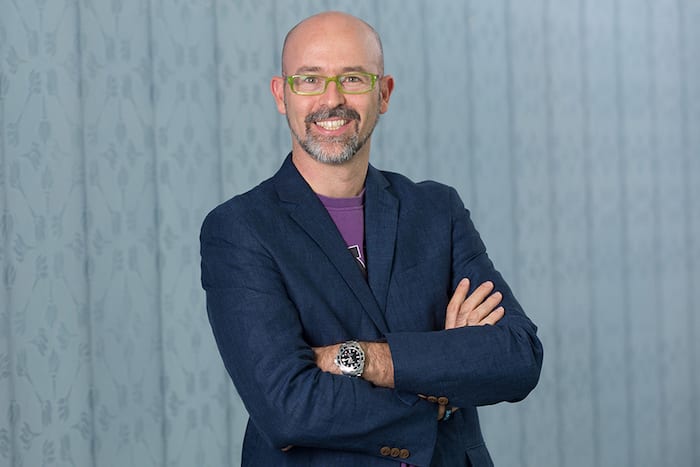Goffredo Puccetti, Assistant Professor of Practice of Visual Arts at NYUAD talks about Emojis, its artistic and cultural impact and more.
1. What is the artistic and cultural impact of emojis?
Time will tell. Some of them are indeed not that young, such as the smile or the heart to signify love, and they already permeate many cultures worldwide; just consider the I heart NY logo or the smiling sun which was a powerful pro-environment icon in the West for decades. Presently it is quite fun at times to appreciate how the same emoji gets various meanings (sometimes embarrassingly different!) in various cultures.
So in this sense they clearly are not (not yet, perhaps) a lingua France.
2. What does its usage signify?
It signifies that they obviously provide some kind of advantage or pleasurable experience. The most obvious is that they allow us to adopt a filter, to dress up our content with a preformatted set of emotions. It is safe, it is easy, it is fast.
3. How do you think it has affected the way in which we communicate especially during the social distancing age?
It is probably too early to say. For sure It is the perfect match to the hyper-fast, impersonal and sometimes schizophrenic communication experiences we live through social media such as Facebook, Instagram and Twitter.
Above all, it provides relief. Imagine in example the terrible stress when we communicate our sincere condolences to a friend. A crying emoji does this job on our behalf (or better: on behalf of our internet persona) effortlessly. Such a quick shortcut!
4. How often do you use emojis?
A lot. On whatsapp mostly. Again, it is an effective tool, quick and easy: you need just three emojis in a row to say: “Ok, I agree with you, well done and see you later”.
As an italian I am tempted to draw a similarity with our hand-gestures language. And to signify that I think this last point is made for fun, what else can I do aside from adding a smiley here? 🙂
5. What differences do you think exist between the semiotics of emojis have than and other forms of imagery? What similarities are there?
Some scholars call emojis the hieroglyphs of our times. Indeed their fast rise to popularity is already the subject of semiotic research, especially their incredible phatic qualities: how much significance can we read behind a simple like (or from the absence of it) to a post of ours.
6. What role do you think emojis will play in the future?
They will most likely continue to evolve side by side with the technology that brought social media to life. As those platforms evolve, emojis will evolve too.
Recommended For You...
Check out our Events Diary to see our full list of top events and activities in Abu Dhabi for families.


